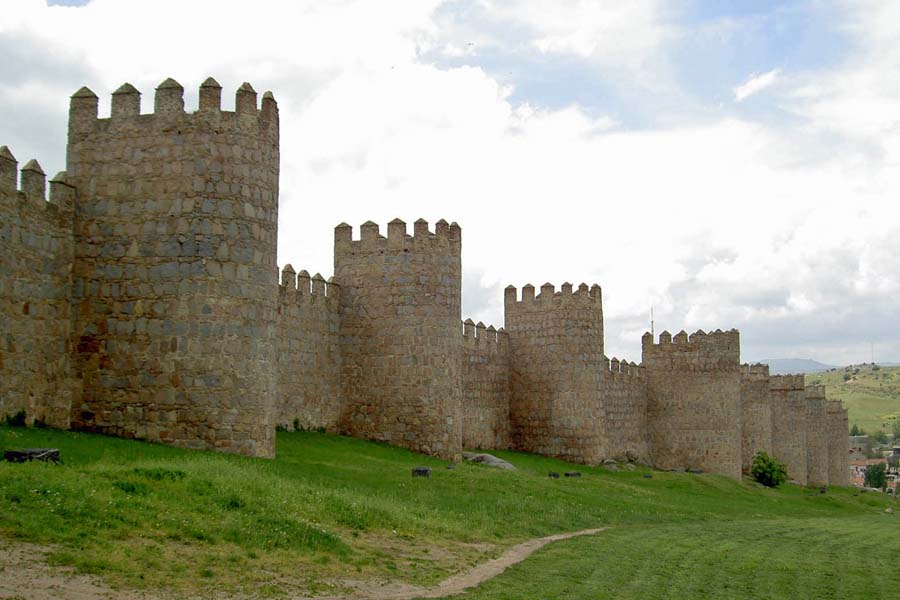Stamp: Ryazan Kremlin (Russia 2009)
Ryazan Kremlin (Russia 2009)
01 October (Russia ) within release 6th Definitive Issue of Russian Federation goes into circulation Stamp Ryazan Kremlin face value 25 Russian ruble
Stamp is horizontal format.
Plate flaw: Without control protective strip.Also in the issue 6th Definitive Issue of Russian Federation:
- Stamp - Kazan Kremlin. face value 2;
- Stamp - Zaraysk Kremlin face value 1.50;
- Stamp - Kolomna Kremlin face value 2.50;
- Stamp - Ryazan Kremlin face value 25;
- Stamp - Tobolsk Kremlin face value 50;
- Stamp - Moscow Kremlin face value 10;
- Stamp - Astrakhan Kremlin face value 1;
- Stamp - Nizhny Novgorod Kremlin face value 4;
- Stamp - Pskov Kremlin face value 6;
- Stamp - Novgorod Kremlin face value 5;
- Stamp - Ryazan Kremlin face value 25;
Stamp Ryazan Kremlin it reflects the thematic directions:
Architecture (Latin architectura, from the Greek ἀρχιτέκτων arkhitekton "architect", from ἀρχι- "chief" and τέκτων "builder") is both the process and the product of planning, designing, and constructing buildings and other physical structures. Architectural works, in the material form of buildings, are often perceived as cultural symbols and as works of art. Historical civilizations are often identified with their surviving architectural achievements.
A defensive wall is a fortification usually used to protect a city, town or other settlement from potential aggressors. The walls can range from simple palisades or earthworks to extensive military fortifications with towers, bastions and gates for access to the city. From ancient to modern times, they were used to enclose settlements. Generally, these are referred to as city walls or town walls, although there were also walls, such as the Great Wall of China, Walls of Benin, Hadrian's Wall, Anastasian Wall, and the Atlantic Wall, which extended far beyond the borders of a city and were used to enclose regions or mark territorial boundaries. In mountainous terrain, defensive walls such as letzis were used in combination with castles to seal valleys from potential attack. Beyond their defensive utility, many walls also had important symbolic functions – representing the status and independence of the communities they embraced.
A coat of arms is an heraldic visual design on an escutcheon (i.e. shield), surcoat, or tabard. The coat of arms on an escutcheon forms the central element of the full heraldic achievement which in its whole consists of shield, supporters, crest, and motto. A coat of arms is traditionally unique to an individual person, family (except in the United Kingdom), state, organisation or corporation.
A fortification (also called a fort, fortress, fastness, or stronghold) is a military construction designed for the defense of territories in warfare, and is used to establish rule in a region during peacetime. The term is derived from Latin fortis ("strong") and facere ("to make").


